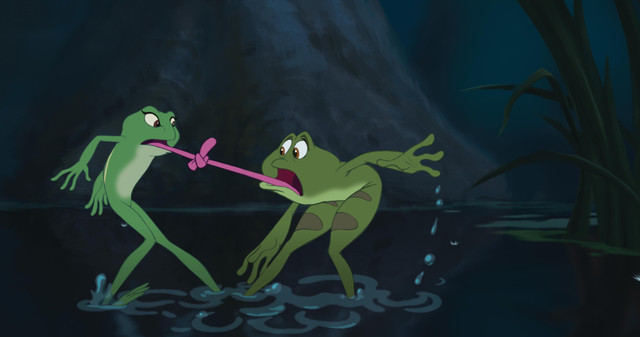Film Review: The Princess And The Frog
Disney Is Back To Form With Clever Updating Of Classic Tale


lady. ... I’ll give you some beads.”
Latest Article|September 3, 2020|Free
::Making Grown Men Cry Since 1992


lady. ... I’ll give you some beads.”